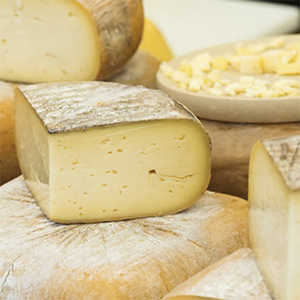 Smart Citations
Smart CitationsSee how this article has been cited at scite.ai
scite shows how a scientific paper has been cited by providing the context of the citation, a classification describing whether it supports, mentions, or contrasts the cited claim, and a label indicating in which section the citation was made.
Investigation on the microbiological hazards in an artisanal soft cheese produced in northern Italy and its production environment in different seasonal periods
The present study aimed at assessing the occurrence of microbiological hazards (Listeria monocytogenes, Staphylococcus aureus, Salmonella spp. and Escherichia coli O157) in an artisanal soft cheese produced in northern Italy. In the same product total bacterial count, lactic acid bacteria and Enterobacteriaceae were enumerated, and pH and water activity measured in two batches sampled in summer and winter. Samples of raw materials, environmental swabs from the production processes and cheese during 15 days of storage at 2 and 8°C as well as dynamic temperature of 2°C for 5 days and 8°C for 10 days were collected and tested. The load of total bacterial count was significantly higher in the winter batch in comparison to the summer one, with a significant increase at the end of the storage period also noticed for lactic acid bacteria. Statistical higher values of pH were registered in raw materials and end of storage in winter batch. S. aureus was confirmed only in the winter batch within samples (n=4) of stored cheese. On plates used for E. coli O157 detection, colonies of Klebsiella pneumoniae and Klebsiella oxytoca were isolated. The results suggest that the highest bacterial population in the winter batch was associated to a higher pH in stored cheese and a higher number of biological hazards identified. Their isolation started in the maturation room suggesting this step as relevant for possible cheese contamination.
Downloads
How to Cite
PAGEPress has chosen to apply the Creative Commons Attribution NonCommercial 4.0 International License (CC BY-NC 4.0) to all manuscripts to be published.

 https://doi.org/10.4081/ijfs.2022.9983
https://doi.org/10.4081/ijfs.2022.9983





